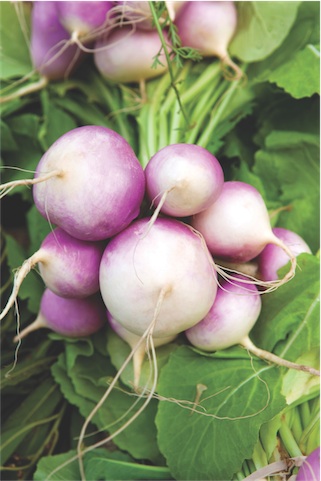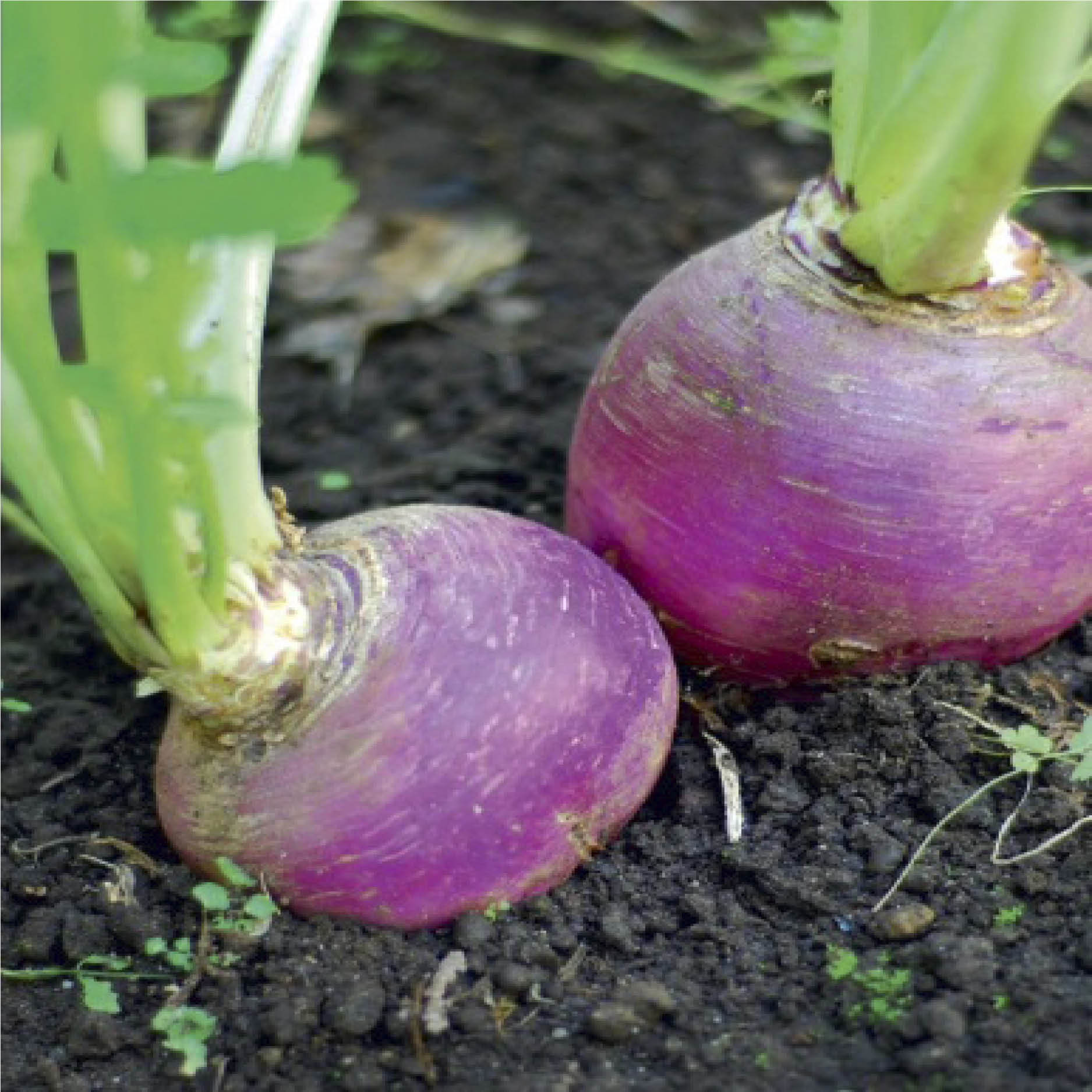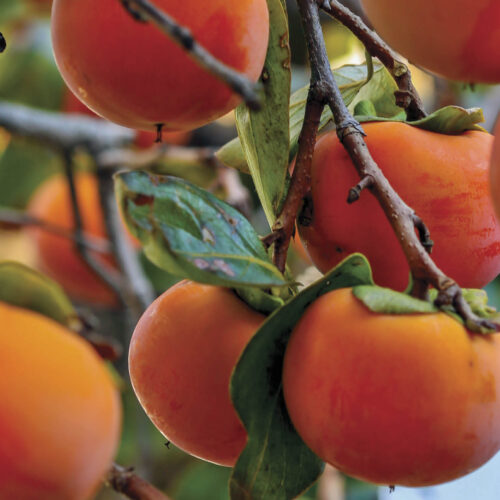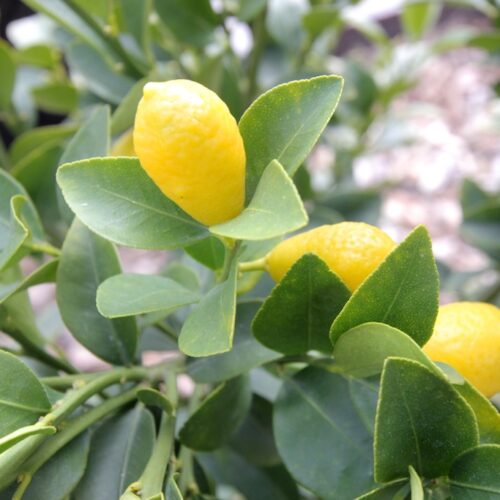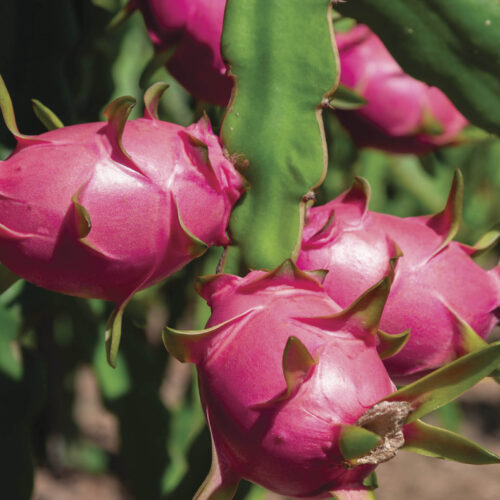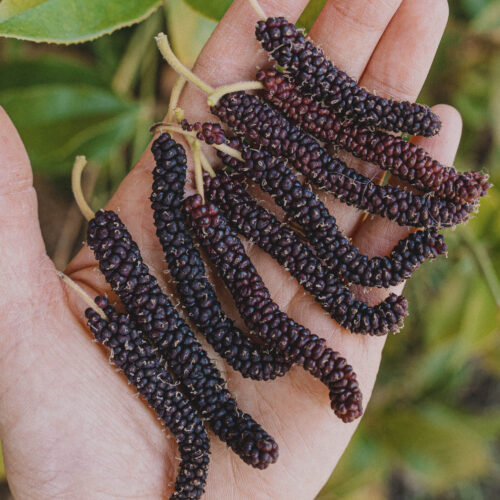How to grow the versatile turnip
2014-03-03T04:16:40+11:00
It's time we turned the spotlight back onto the humble turnip, writes Justin Russell.
For me, the word ‘turnip’ immediately conjures up bucolic scenes. I picture a ruddy-faced farmer in the north of England pulling dripping wet roots from the ground in a mist-laden field defined by dry stone walls.
This is not far off the mark, as turnips (and their close relatives, swedes) are commonly grown in stone-walled fields in the north of England and Scotland. But this belies the plant’s real origins. Like the rest of the Brassica genus, turnips hail from the Mediterranean. Roman general and philosopher Pliny the Elder considered turnips one of the most versatile and nutritious of all crops, suitable for human and animal consumption. The fact that the plant could be left in the ground over winter and harvested the following spring meant turnips were an important survival food and Pliny wrote about the crop’s ability to prevent famine. In the ancient world, hunger was only ever a failed harvest away, so plants such as turnips were held in the highest esteem.
It’s fair to say that in Australia, turnips are not generally held in the same high esteem. I recently took some to my local produce exchange but they hardly set the shed on the fire. This is a shame because when select varieties (more about these below) are grown well and harvested small, they make superb eating. Luckily, some of our top gardener-chefs, such as Peter Gilmore, have recognised this and begun incorporating baby turnips into recipes. And Pliny was right: turnips are versatile. They can be roasted, steamed, eaten whole, diced, grated, pulverised into soup, pickled in vinegar or, in the case of the smallest, most tender roots, eaten raw in salads. In our house we like to boil or steam them until tender, then toss the cooked roots through some garlic butter. The mingling of spicy, creamy, nutty, sweet and earthy flavours is an eye-opener.
Growing conditions
As well as their unique flavour, turnips also have great value in the garden. Turnips are among the simplest of all crops to grow. They are suitable for all climate zones in Australia, except the tropics and northern subtropics, and will handle frost as well as soggy winter soil with ease. Summer growing is only suitable for cool summer climates, but everywhere else, growing in the cooler months of the year proves most successful. However, like any food plant, you will get exceptional results when turnips are grown in fertile soil with a high organic matter content. I like to enrich my turnip bed with plenty of well-rotted manure or mushroom compost a couple of weeks before sowing the seeds directly into rows spaced about 20cm apart. Germination happens in about one week to 10 days, and for good root development the crowded seedlings will need to be thinned to individual plants about 5cm-10cm apart, depending on the variety. The thinnings can be eaten as a microgreen and also make nutritious tucker for your chooks.
The secret to sweet, juicy roots is a steady supply of moisture. Supplemental irrigation is important during dry spells, and the extra organic matter added before sowing will help regulate moisture levels in the soil. So, too, does a layer of mulch spread between the rows. Use whatever is locally available, such as sugarcane, pea straw or lucerne. In my view, the best eating varieties are the smallest and fastest growing. Japanese farmers know a thing or two about growing superb vegetables and have selected some outstanding turnip varieties. These are sometimes simply labelled
‘Japanese’, but a hybrid market garden variety called ‘Hakurei’ is highly recommended and produces masses of snow-white roots that taste amazing. I’ve also had good success with the heirloom variety ‘Golden Globe’ and an Italian selection called ‘Purple Top Milan’.
Harvesting and eating
In all cases, I try to pick the roots when they are between the size of a golf ball and a smallish apple. Any bigger and in my view they become fodder for pigs and sheep. Don’t forget that the leaves are just as edible as the roots. When very young they are tender enough to be thrown into a salad, but larger leaves become fibrous and are usually cooked.
Whichever way you eat them, give turnips a go. They might not be the sexiest vegetables going (unless ruddy-faced Yorkshiremen do it for you!), but they are flavoursome and a doddle to grow. You’d be well advised to make space for them this autumn and winter.

